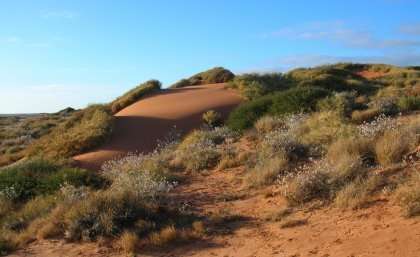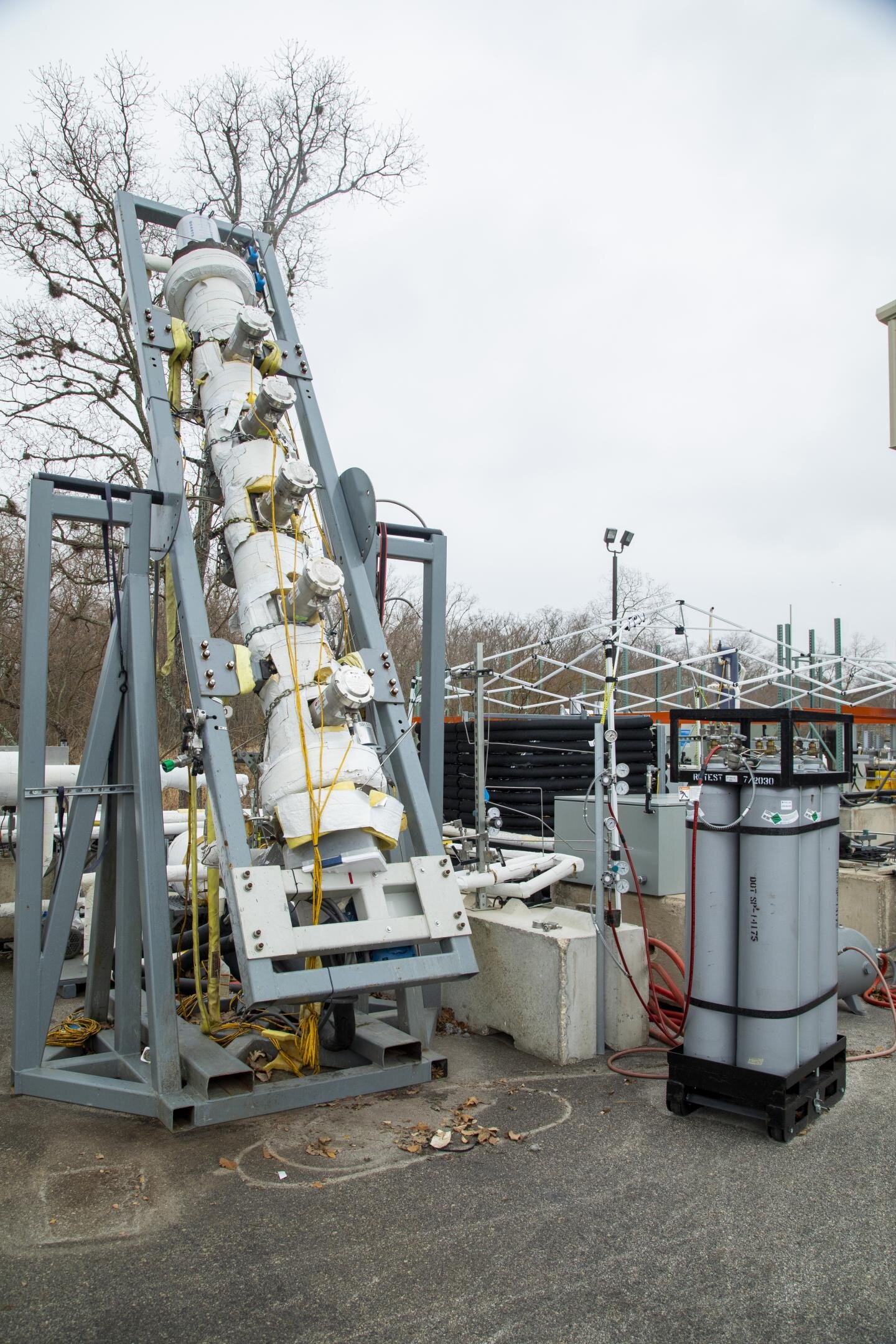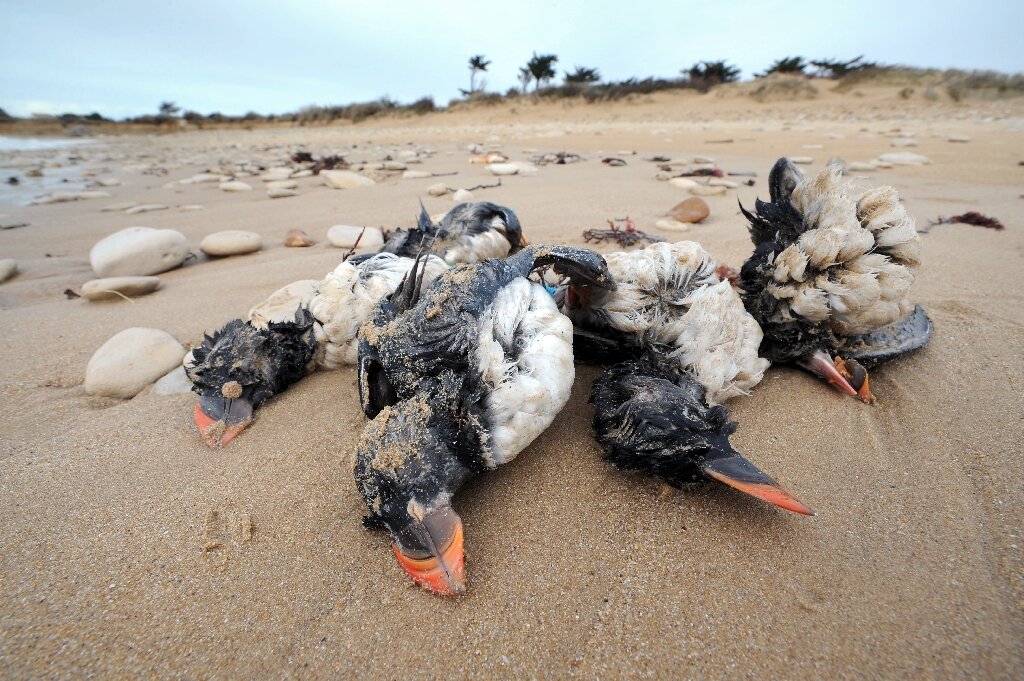#Bores’ lasting effect on landscape
“#Bores’ lasting effect on landscape”

Artificial watering points in rangelands are posing an increasing threat to surrounding biodiversity long after the removal of livestock, according to University of Queensland research.
UQ researcher Graham Fulton studied the behaviour and impact of 20 bird species on Faure Island in Western Australia’s Shark Bay—a nature and conservation reserve which had previously been a pastoral station.
Mr Fulton said he found increased population density in the area around a 96 metre deep bore with more than 1600 birds counted.
“Livestock had been removed from Faure Island and replaced by re-introduced, rare native marsupials,” Mr Fulton said.
“However, the birds know where the water is and seek it out which is disrupting the overall biodiversity of the area as well as the geographical concentration of birds across the island.
Mr Fulton’s research found of the 20 species recorded, 80 percent showed a shift in relative concentration in the 100 hectares around the bore and across the island.
“Some birds, like the crested pigeon and little crow, increased their relative concentration near the watering point while other birds like the silvereye and Australasian pipit decreased,” he said.
“It’s easy to appreciate an increase in birds benefiting from water, but this is the desert and these particular bird numbers are expected to be lower.
“Ultimately an increase in the wrong animals and plants is an invasion.”
The bore also provides a prime spot for predators like sea eagles and goshawks to hunt endangered marsupials or birds that frequent the area.
Further to the altered faunal density, lasting land damage from former livestock affected vegetation growth in the area surrounding the bore.
“I was surprised by the impact of the trampled ground around the bores—the earth was so compacted that few native plants could grow there,” Mr Fulton said.
“This lack of vegetation results in attracting extraneous bird species while denying those that would have used the landscape in its natural state.
“As usual for desert landscapes, it will take a long time for the ground to heal if the bore is plugged.”
Mr Fulton hopes that this bore and bores on other cattle stations that are to be converted to nature reserves could be plugged to help the areas return to their natural condition and balance.
“Watering points affect the distribution of birds and other animals on Faure Island and all across the continent,” he said.
“Australia has the highest extinction rates of fauna in the world and proliferation of these bores is one of the reasons for this.”
The research has been published in the Journal of the Royal Society of Western Australia.
More information:
Effect of an isolated bore on birds in the complex arid landscape of Faure Island, Shark Bay, Western Australia. Journal of the Royal Society of Western Australia. www.rswa.org.au/publications/journal/103/RSWA 103 p79-87 Fulton.pdf
Bores’ lasting effect on landscape (2020, July 7)
retrieved 7 July 2020
from https://phys.org/news/2020-07-effect-landscape.html
This document is subject to copyright. Apart from any fair dealing for the purpose of private study or research, no
part may be reproduced without the written permission. The content is provided for information purposes only.
If you want to read more Like this articles, you can visit our Science category.
if you want to watch Movies or Tv Shows go to Dizi.BuradaBiliyorum.Com for forums sites go to Forum.BuradaBiliyorum.Com




